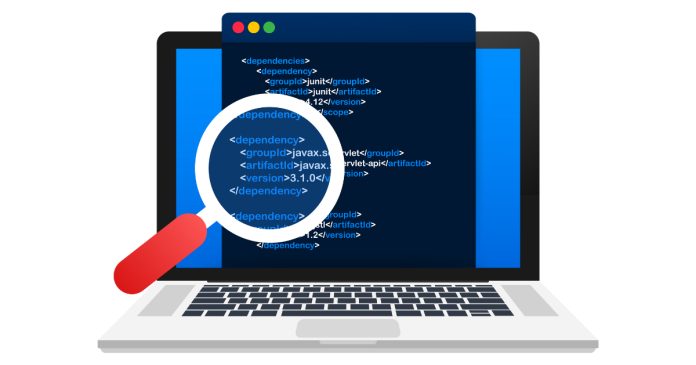Software testing is a critical part of the software development lifecycle (SDLC) that ensures the quality, functionality, and reliability of a software product. It involves validating and verifying that the software meets the specified requirements and is free of defects. Below are the types of software testing, categorized based on their purpose and methodology.
1. Manual Testing vs. Automated Testing
Manual Testing:
- Testing performed manually by a tester without using automation tools.
- Examples: Exploratory Testing, Usability Testing.
- Use Case: For cases requiring human observation (e.g., user interface, user experience).
Automated Testing:
- Testing performed using automation tools or scripts to execute test cases.
- Examples: Selenium, JUnit, TestNG.
- Use Case: For repetitive or performance-intensive tasks.
2. Functional Testing
Focuses on verifying that the software performs as expected.
Types:
- Unit Testing:
- Tests individual components or units of the software.
- Typically done by developers.
- Tools: JUnit, NUnit.
- Integration Testing:
- Tests the interaction between integrated modules.
- Types:
- Big Bang: All components tested together.
- Incremental: Modules tested step-by-step.
- Tools: Postman (for APIs), SoapUI.
- System Testing:
- Verifies the entire system works as a whole.
- Performed after integration testing.
- Tools: Selenium, HP ALM.
- Acceptance Testing:
- Ensures the software meets business requirements and is ready for deployment.
- Types:
- Alpha Testing: Done by in-house teams.
- Beta Testing: Done by end-users.
3. Non-Functional Testing
Tests non-functional aspects like performance, usability, and reliability.
Types:
- Performance Testing:
- Evaluates speed, scalability, and stability under load.
- Types: Load Testing, Stress Testing, Volume Testing.
- Tools: JMeter, LoadRunner.
- Security Testing:
- Ensures the application is secure from vulnerabilities and threats.
- Tools: OWASP ZAP, Burp Suite.
- Usability Testing:
- Evaluates the user-friendliness of the software.
- Focuses on design, navigation, and ease of use.
- Compatibility Testing:
- Checks if the software works on different devices, browsers, and operating systems.
- Reliability Testing:
- Ensures the software performs consistently under specific conditions.
4. White-Box Testing vs. Black-Box Testing
White-Box Testing:
- Tests the internal structure, logic, and code of the software.
- Examples: Path Testing, Loop Testing.
- Tools: Parasoft, Veracode.
Black-Box Testing:
- Tests the functionality without knowledge of internal code.
- Examples: Functional Testing, Regression Testing.
- Tools: Selenium, QTP.
5. Specialized Testing
Types:
- Regression Testing:
- Verifies that changes in the codebase don’t break existing functionality.
- Tools: Selenium, TestComplete.
- Smoke Testing:
- A quick test to check if the critical functionalities of the application work.
- Often called “Build Verification Testing.”
- Sanity Testing:
- Ensures that specific functionality works after minor changes.
- Exploratory Testing:
- Testing without predefined test cases, based on the tester’s intuition.
- Ad-Hoc Testing:
- Random testing without a structured approach.
6. Agile and Specialized Methodology-Based Testing
Types:
- Agile Testing:
- Continuous testing during development in an Agile environment.
- Examples: Scrum Testing, Kanban Testing.
- DevOps Testing:
- Continuous Integration/Continuous Deployment (CI/CD) testing.
- Tools: Jenkins, Docker.
- Big Data Testing:
- Verifies the integrity, accuracy, and performance of big data applications.
- AI and Machine Learning Testing:
- Focuses on algorithms, predictions, and performance of AI/ML models.
Summary of Testing Types
| Category | Examples |
|---|---|
| Functional Testing | Unit, Integration, System, Acceptance |
| Non-Functional Testing | Performance, Security, Usability, Compatibility |
| White-Box Testing | Code Coverage, Path Testing |
| Black-Box Testing | Functional, Regression, Exploratory |
| Specialized Testing | Smoke, Sanity, Ad-Hoc |
Conclusion
Selecting the right type of software testing depends on the application’s nature, development phase, and the specific requirements.



